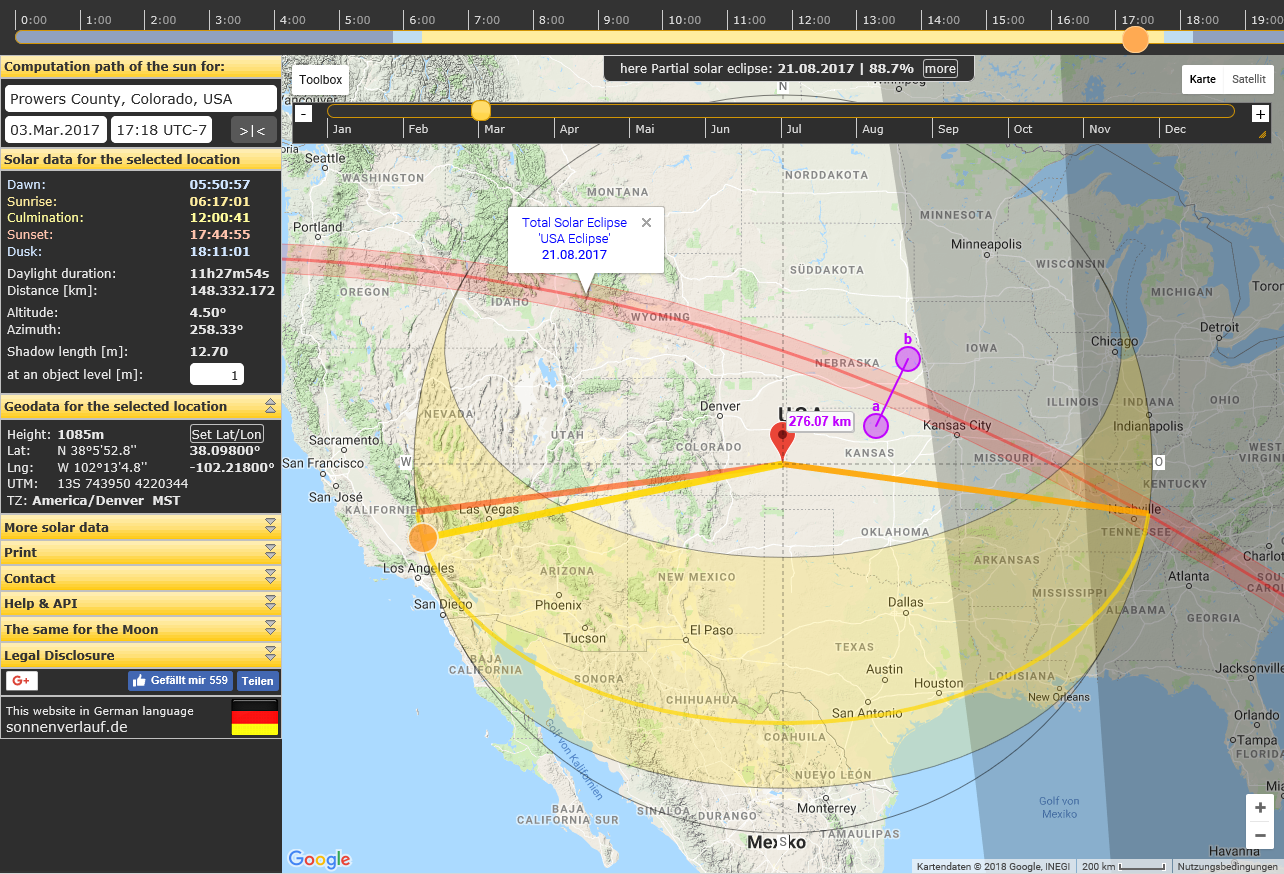wattmatters
Solar Wizard
Handy. It's just using this site which anyone can use:With Enphase Enlighten , you can play around with the orientation of each array and instantly see the monthly and yearly production estimates.
PVWatts
Estimates the energy production and cost of energy of grid-connected photovoltaic (PV) energy systems throughout the world. It allows homeowners, small building owners, installers and manufacturers to easily develop estimates of the performance of potential PV installations
During grid outages I flip over to our off-grid backup system. Several high power circuits are excluded from backup supply, including our oven and these are only connected to grid supply. The oven acts as my indicator for when grid power has returned, the clock comes back on and the oven makes a nice bleeping noise when power is restored. In our case the clock resets to 00:00 on power up and so rather than how long the outage was for, I can tell how long ago grid power was restored if I have not heard the beep. In any case my data loggers tell me all this data.I keep an old AC powered alarm clock in one of my bedrooms. Whenever the grid goes down, it stops and when the grid is restored, I can tell exactly how long the grid was down by calculating how far behind it is compared to the real time.
Accounting for local weather patterns will make some difference to assessing which orientation squeezes out optimal production.this happens in Houston from the prevailing South winds injecting moisture from the Gulf of Mexico into the atmosphere
But for rooftop arrays, you just use the roof you have and in general just putting up more panels is cheaper and more effective than attempting to tilt panels. Tilting often reduces the number of panels which can fit a given roof surface area as you have to space the panels so one row doesn't shade the one behind it. Crinkle cut set ups can help but it's extra expense and rarely worth it in a domestic set up.



